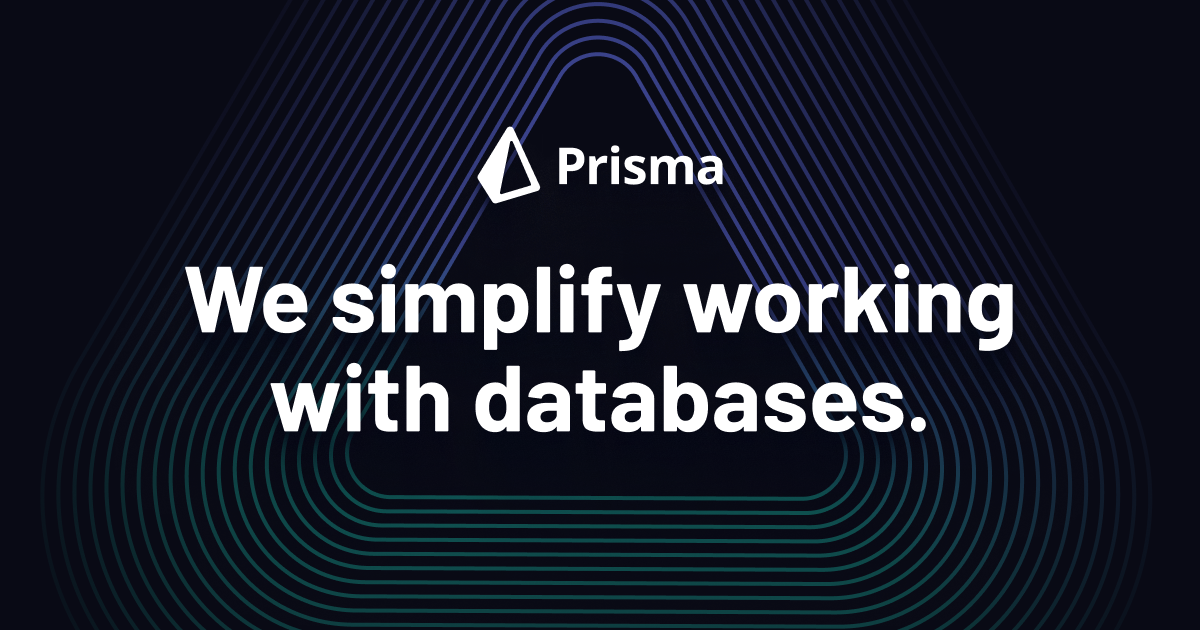Using Prisma for Efficient Data Management
Prisma is an advanced ORM (Object-Relational Mapping) tool for working with databases in JavaScript and TypeScript. It allows you to easily interact with your database using models, queries, and mutations in a simple and efficient way. In this guide, we will discuss how to set up and use Prisma in a project to manage your database interactions.
Setting Up Prisma
Before you start using Prisma, you need to install it in your project and set up a basic instance. This instance will be used throughout your project to make database queries. Create a new file under the utils directory, where you'll set up the Prisma client.
import { PrismaClient } from '@prisma/client';
const prisma = new PrismaClient();
export default prisma;
With this setup, you can now start using prisma to interact with your database.
Querying Data
To query data from the database, you can use Prisma's built-in methods such as findUnique. For example, to find an existing record based on a combination of fields (such as city and country), you would use the following syntax:
const existingRecord = await prisma.model.findUnique({
where: {
city_country: {
city: 'Paris',
country: 'France'
}
}
});
if (existingRecord) {
return existingRecord;
}
This checks for an existing record using the unique combination of city and country fields, preventing duplication of data.
Creating New Records
If the queried data doesn't exist, you can use the create method to insert a new record into the database. Here's an example of how to do this:
const newRecord = await prisma.model.create({
data: {
city: 'Paris',
country: 'France',
description: 'A beautiful city in France',
}
});
return newRecord;
This creates a new record in the database with the provided data. Prisma automatically handles data validation based on your defined schema.
Optimizing Queries
When working with large datasets, it’s important to optimize your queries to ensure efficient performance. Prisma provides built-in features like batch operations and caching to make this easier. Additionally, using findUnique or findFirst for small, focused queries helps improve response times.
For example, if you are repeatedly querying the same data (e.g., checking if a record exists), storing this data in a database after the first query can save future API requests.
Using Prisma Studio
Prisma Studio is a web-based GUI that allows you to easily inspect and interact with your database. You can use it to view, edit, and manage your data in a user-friendly interface. To access Prisma Studio, simply run:
npx prisma studio
Conclusion
Prisma is a powerful tool for managing data efficiently in your application. By leveraging its features like unique constraints, advanced queries, and easy-to-use APIs, you can ensure that your database interactions are both efficient and scalable. Whether you're managing simple data or complex relationships, Prisma simplifies the process.



Post a Comment
0Comments